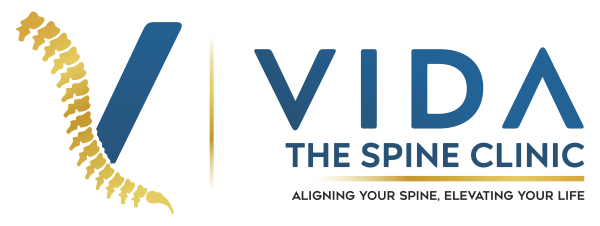diagnosis - causes - Treatment
Different types of common causes faced by IT Professionals
At Vida Spine Clinic , We offer specialized physiotherapy and physical therapy for IT professionals. Targeted exercises and treatments address posture-related issues, neck and back pain, and improve overall well-being. Customized plans help IT professionals recover, prevent future problems, and maintain optimal physical health amidst their demanding work environment.
Types of Physical Problems
01
1 1
Neck Pain
Sitting for long periods and poor neck support can cause neck pain. Maintain good posture, optimize your workstation ergonomics, and do regular neck stretches and exercises.
2 2
Shoulder Pain
Prolonged sitting and poor posture can lead to shoulder pain. Set up your desk and chair at the right height, engage in exercises that strengthen and improve shoulder mobility.
3 3
Low back Pain
Sitting for extended periods and bad posture can contribute to low back pain. Use proper lumbar support, invest in an ergonomic chair, and do exercises that strengthen your core and improve flexibility.
4 4
Sciatica-like Pain
Radiating leg pain similar to sciatica can be worsened by sitting for long durations and poor posture. Do regular stretches targeting the lower back and legs to relieve tension and improve flexibility.
5 5
Dry Eyes
Extended screen time and reduced blinking can cause dry eyes. Take breaks, do eye exercises, ensure proper lighting, and use lubricating eye drops.
6 6
Migraine
Migraines can be triggered by stress, poor ergonomics, and excessive screen time. Manage stress, find work-life balance, optimize your ergonomic setup, take regular breaks, practice relaxation techniques, and seek medical help when needed.
Book Your Appointment
02



Appointment
Prevention and Treatment
03
Treatment Options
To minimize physical problems associated with IT work, adopting the following practices is crucial:
Remember, prevention is always better than bearing pain. By implementing these preventive measures and seeking timely treatment, you can mitigate the physical problems commonly faced by IT professionals and maintain a healthy and productive work-life balance.
Maintain an ideal sitting posture, invest in an ergonomic workstation setup, and ensure proper alignment of your spine and joints.
Regularly engage in exercises that focus on flexibility, core strengthening, and overall body movement to counteract the effects of prolonged sitting.
Take short breaks throughout the day to stretch, move, and relax your muscles, reducing the strain on your body.
Practice eye exercises, blink frequently, and ensure sufficient lighting in your workspace to reduce eye strain and dryness.
If you experience persistent pain or discomfort, don't ignore it. Consult a physiotherapist promptly to address the issue before it worsens.

